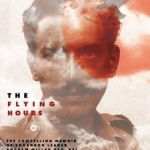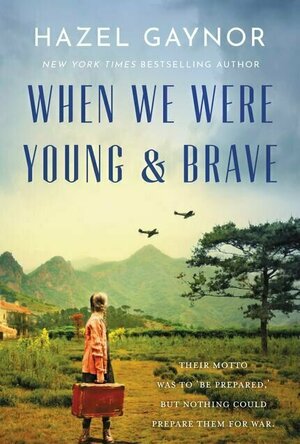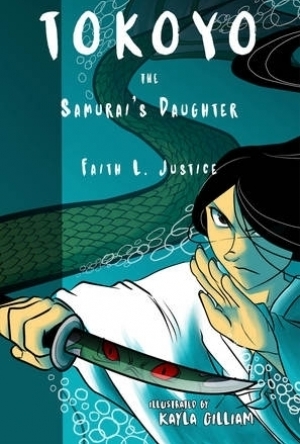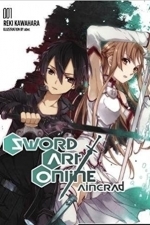
Dauntless (2019)
Movie Watch
By June 1942, the Japanese Navy has swept across the Pacific. In an effort to change the course of...
Lilyn G - Sci-Fi & Scary (91 KP) rated Tokoyo, The Samurai's Daughter in Books
Feb 1, 2018
I loved that Tokoyo, The Samurai’s Daughter was all about Tokoyo. Her abilities and determination were what carried her through. There was no male figures that interceded to provide help to get her through the difficult parts. She did it all herself, with only the caring, mental support and encouragement of the Ama. Though there has definitely been a surge of girls being front and center on action and adventure tales lately, it’s still not enough. This book was a welcome addition.
Now, I don’t know anything about Japanese culture, but the representation in here felt respectful and real. (The notes in the back indicate that the author has done plenty of research!) There was nothing about it that was included for laughs. Tokoyo, The Samurai’s Daughter will hopefully provide young readers of Japanese descent another role model they can look up to situated in the history of their country.
Overall, the pace of the novel is fantastic, the prose is near perfect, and the story was an engaging one. Faith L. Justice has done a great job with Tokoyo, the Samurai’s Daughter. And Kayla Gilliam provides simple illustrations that spice up the text every few chapters and provide a treat for the eyes.
Disclaimer: I received a copy of this book free from the author for review consideration as part of Rosie's Book Review Team

The Porcelain Thief
Book
In 1938, with the Japanese army approaching from Nanking, Huan Hsu's great-great grandfather, Liu,...

The Flying Hours: The Compelling Memoir of Squadron Leader Andrew Millar DSO, DFC, and the Second World War Battle Against Japan
Book
Squadron Leader Andrew Patrick Millar's Distinguished Service Order citation attests to his 'superb...

Exposure: From President to Whistleblower at Olympus
Book
The bestselling business book of 2012, now in paperback Michael Woodford was a company man. He'd...

Pepper: More Than 45 Recipes Using the 'King of Spices' from the Aromatic to the Fiery
Book
More than 45 deliciously innovative recipes that showcase pepper as a seasoning and ingredient, from...

Europe offline map, guide, weather, hotels. Free navigation.
Travel and Navigation
App
100% Offline Map & Guide. Over 2 million hikers use our apps! off.GUIDE is a mobile app that helps...

When we Were Young and Brave
Book
Their motto was to be prepared, but nothing could prepare them for war. . . The New York Times...
historical literary women fiction


